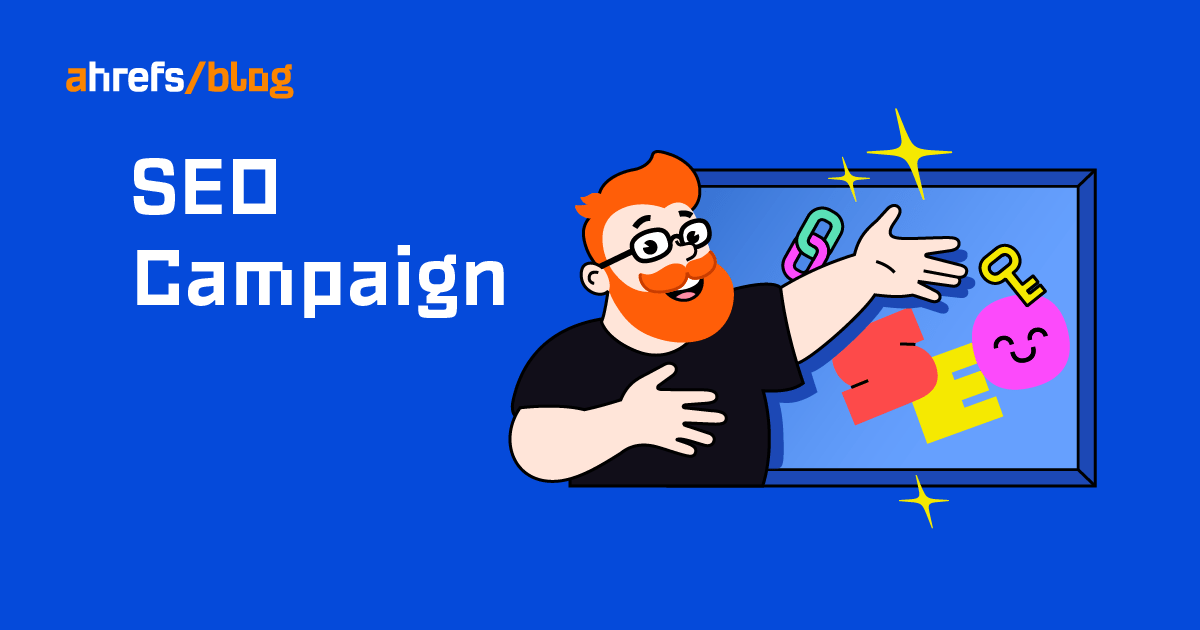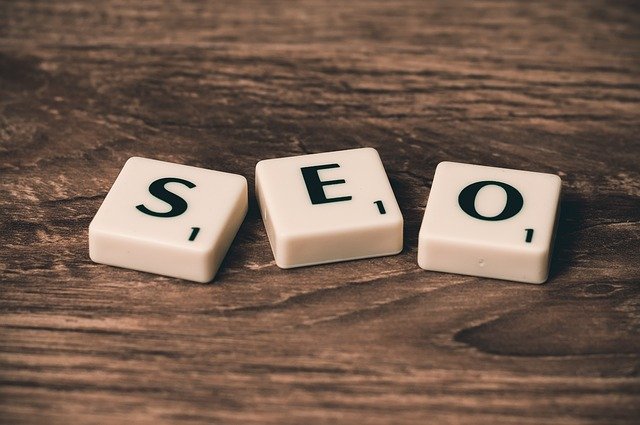
Addressing your content is the first step towards implementing page SEO. Content is the bread and butter of your site, so make sure it addresses relevant search intent. Include keywords that are semantically related to the text and link to internal pages. Make sure that the meta description is optimized, as it will appear in search engine results. Make sure the meta description describes what a user can expect to achieve by reading the content. This should be done for every piece of content regardless of format or platform.
Content is the bread of your site
There's so much content available, but is it really valuable? It's not just for blog posts. It must be valuable to your business and generate leads. Like a plate of jam, the internet needs bread and butter content to make it grow. Before creating your content strategy, you need to have a few key pieces of content in place. These can be built upon. These are some great ideas for content.
First, it is important to understand what content actually means. Content is the driving force behind customers visiting a website. It also makes it more authoritative and reputable. You must choose the right keywords and answer important questions to make this happen. This is the secret to success! This is a critical first step in boosting your SEO. Be careful not to go overboard. You should have a content plan that covers the key keywords that drive traffic to your website.
It should address the relevant search intention

Keywords are essential, but they can be too much. For the best SEO results, make sure you include your keywords in your text. Keep in mind that you audience is people and not robots. Your goal is to make your content interesting and useful to them. Their search intent should be addressed. Here are some key steps to take to get started. Keep reading to learn how you can use your keywords to improve your SEO.
It should contain semantic and related keywords
Long-tail keywords are a great way to get targeted traffic to your website. Long-tail words have a clear search intent, and offer a reasonable chance for ranking on page 1 in Google's search results. Semantically similar keywords are closely related with your target keywords. They help Google to make connections and determine relevance. These keywords should be used in your body text naturally. The searcher is more likely than any other to click your ad when it is related to a service or product.
The first thing you must do when optimizing your website for search engines is to use appropriate, search-engine-friendly URLs. These URLs must be concise and include the keywords accurately. Your keyword should appear as the first header of each post, which is usually the post title. When necessary, include your keyword in subheadings. Use H2 and H3 headers only when they make sense.
It should contain internal links
Internal linking is crucial to on-page optimization. Internal linking helps to group pages which are similar to one another, the way companies group departments. These links enhance relevance, context and depth of coverage. Search engines can use internal linking to determine which pages are the most important for visitors. Search engines are more likely to consider pages that have dense internal links as being more important than others. SEO experts consider linking between pages as a way of increasing dwell time. Sitemaps should contain all pages within a website.

External links can help prospects find relevant content and boost search ranking. Users and search engine crawlers weigh internal links heavily. Google cannot find your website if it doesn't have internal links. Prospects won't be able to find your services and products without internal links. This can hinder your efforts to rise in the SERPs. It is important to include internal links on your SEO checklist. Learn more about internal links and their importance for your website.
FAQ
Can I Improve My Rankings Using Link Building?
Link building refers to the creation of high-quality backlinks that link to your site. It's essential to ensure that the sites linking to yours are relevant to your business. The more authoritative and unique the link is, the better.
Why SEO strategy is so important
Search engine optimization (SEO), is a way to get more people to visit your website via Google.
Search engines such as Google, Yahoo!, Bing, and others store information about websites on servers called "crawlers," which send this data back to the company's central database. This allows them index web pages for search purposes.
More people will click your link and visit your website if your website is high up in the search results. This means that you won’t be found in searches.
The most effective way to ensure your site gets noticed is to rank highly in all the major search engines. Two main ways to do this are paid advertising and organic links.
Paid Adverts - Companies that pay per-click for online advertising to appear first in search results will be known as Paid Advertising. These ads could include banner ads and text ads as well as pop-ups and e-commerce widgets.
Natural Organic Links – These links are created by sites that have been built over time and gained the trust of your industry. Through blogging, guest posting and commenting, you can build links over time.
You must continue to invest in both marketing and sales to stay on top of your game.
How often should my website be updated?
There are many methods to update your website. One option is to use a CMS (Content Management System). This will allow you to edit all the content on your site easily without needing any code.
Another way is to use a plugin that automatically updates your website. These plugins can be purchased through WordPress stores, or you can install them yourself.
There are also several free plugins available, including WPtouch and Yoast. The best thing to do is to test different methods and see which works best for you.
What is an SEO Campaign, and what are its benefits?
An SEO campaign is an ongoing series of activities to increase visibility for a website or domain name in search engines such Google, Bing, Yahoo!, and others. These activities include optimizing URL structure, title tags, meta description tag, URL structure, pages content, images and internal links.
Search engine optimization campaigns often begin with keyword research. Keyword research identifies keywords likely to increase organic search traffic. After keywords have been identified, optimization must be done throughout the entire website, starting at the homepage and ending on individual pages.
Statistics
- A 62.60% organic traffic boost to that page: (backlinko.com)
- These guides are designed and coded 100% from scratch using WordPress. (backlinko.com)
- Sean isn't alone… Blogger James Pearson recently axed hundreds of blog posts from his site… and his organic traffic increased by 30%: (backlinko.com)
- : You might have read about the time that I used The Content Relaunch to boost my organic traffic by 260.7%: (backlinko.com)
- Deleting those 10k pages is one of the main reasons that he improved his site's organic traffic by nearly 90%: (backlinko.com)
External Links
How To
How do you create your first blog site?
It's simple! WordPress is an excellent tool for creating a blog. It is easy to customize the appearance of a blog's appearance by changing the fonts and colors or customizing its layout. They can also create plugins that will automatically alter certain aspects of the website according to visitor activity.
There are many free templates you can download from WordPress.org. You also have the option to purchase premium templates. Premium templates come with additional features such as extra pages, extra plugins, and advanced security.
Once you have downloaded the template you need to sign-up for a free account. This will allow you to upload files and maintain your blog. Many hosting companies offer free accounts. However there are limitations to how much space you can have, how many domains your site can host, and how often you can send emails.
If you decide to use more than one domain name, you'll also need to buy separate email addresses. This service may be charged by some hosts.
If you're new to blogging, you may wonder why anyone would pay to have a blog hosted online. Hosts offer unlimited storage space. This means that files can be saved indefinitely and won't be lost if they're accidentally deleted.
Many hosts let you host multiple domains. That means that you can have different websites under the same hosting plan. You don't need multiple email addresses and can manage all your sites through the one interface.
Some hosts have social media sharing buttons built into their dashboards. This allows visitors to quickly and easily share content across the internet.
Most hosting companies offer tools for managing your blog. You can view the performance stats of your website, see how many people visited each post, and compare your traffic with other blogs.
These tools can make managing a blog easier and more effective, so you should look into them before choosing a hosting package.
To sum up:
-
Choose a topic relevant to your business;
-
Create engaging content;
-
Optimize your site using SEO techniques;
-
Promote your site using social media channels;
-
Monitor your statistics regularly to make changes where necessary;
-
Keep your blog updated regularly, last but not least.
In other words, create quality content, promote it effectively, track its success.